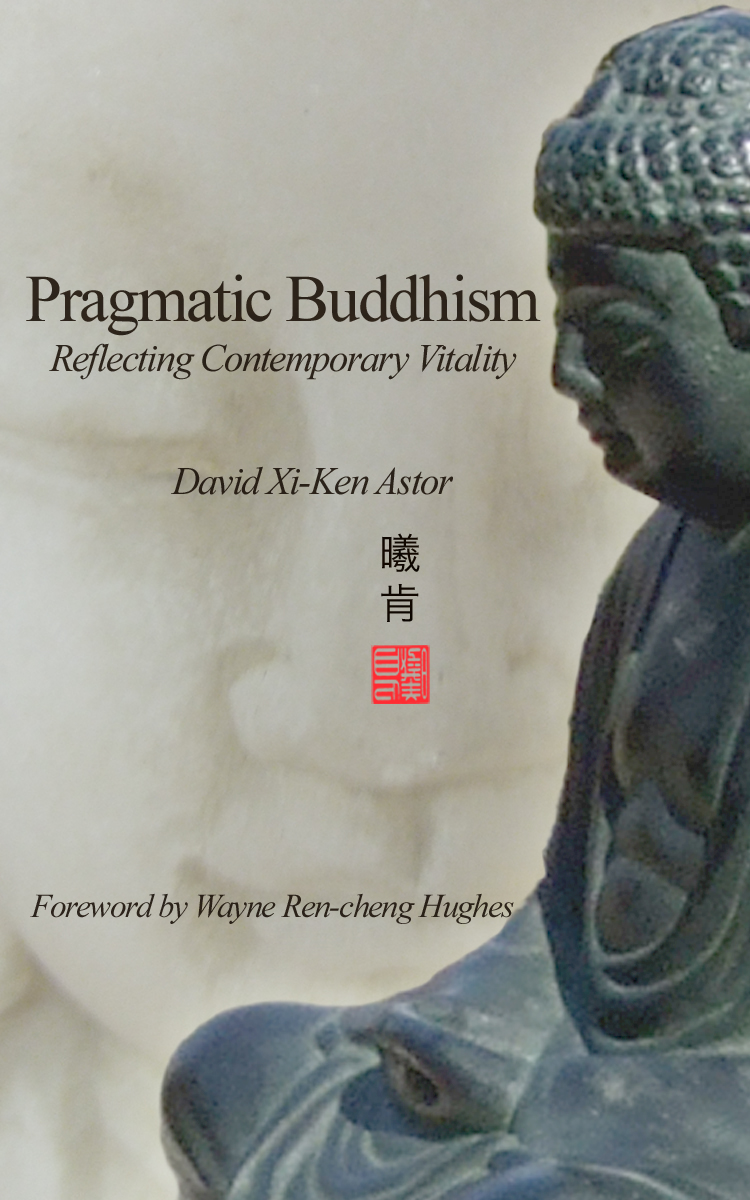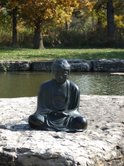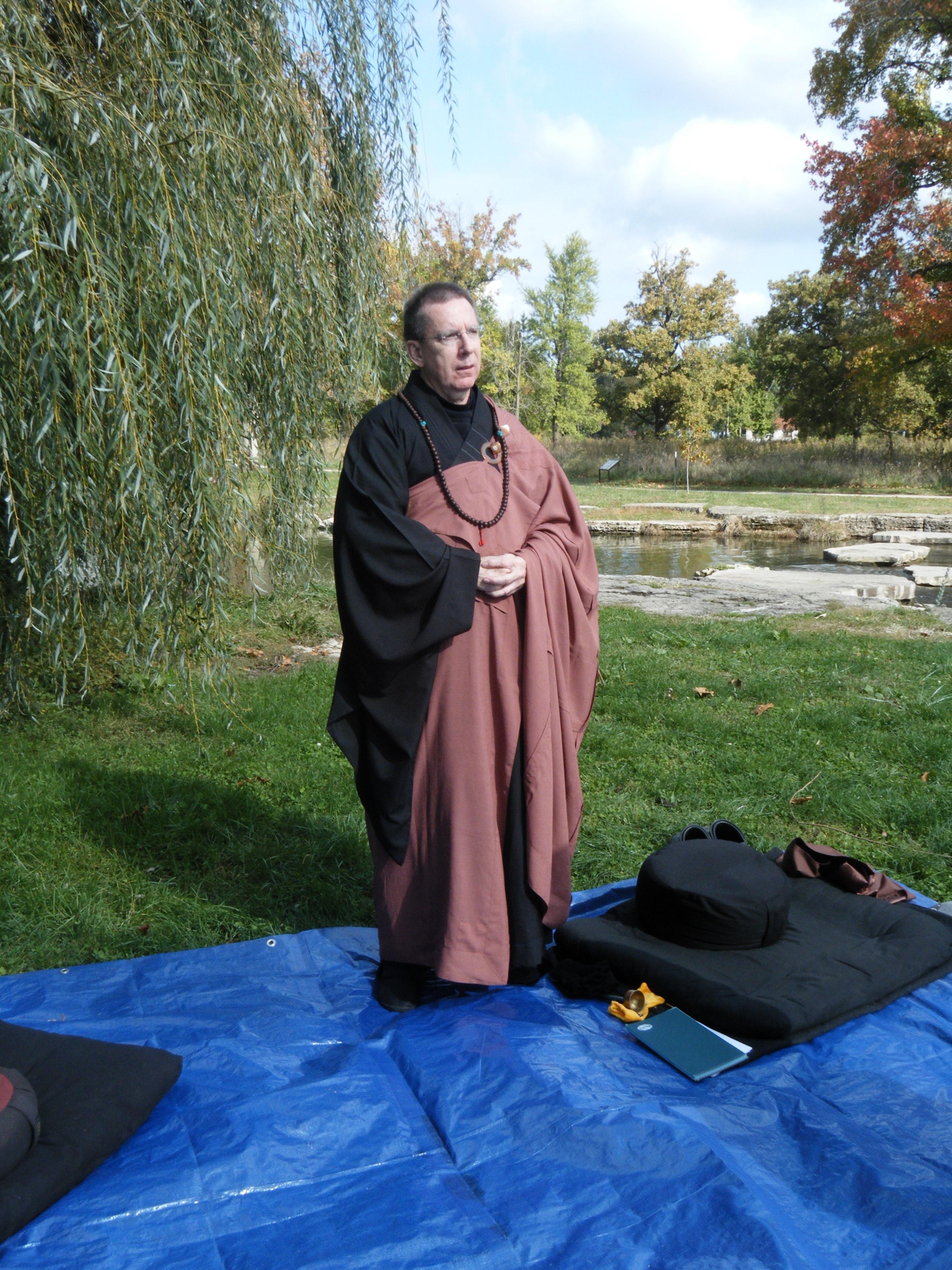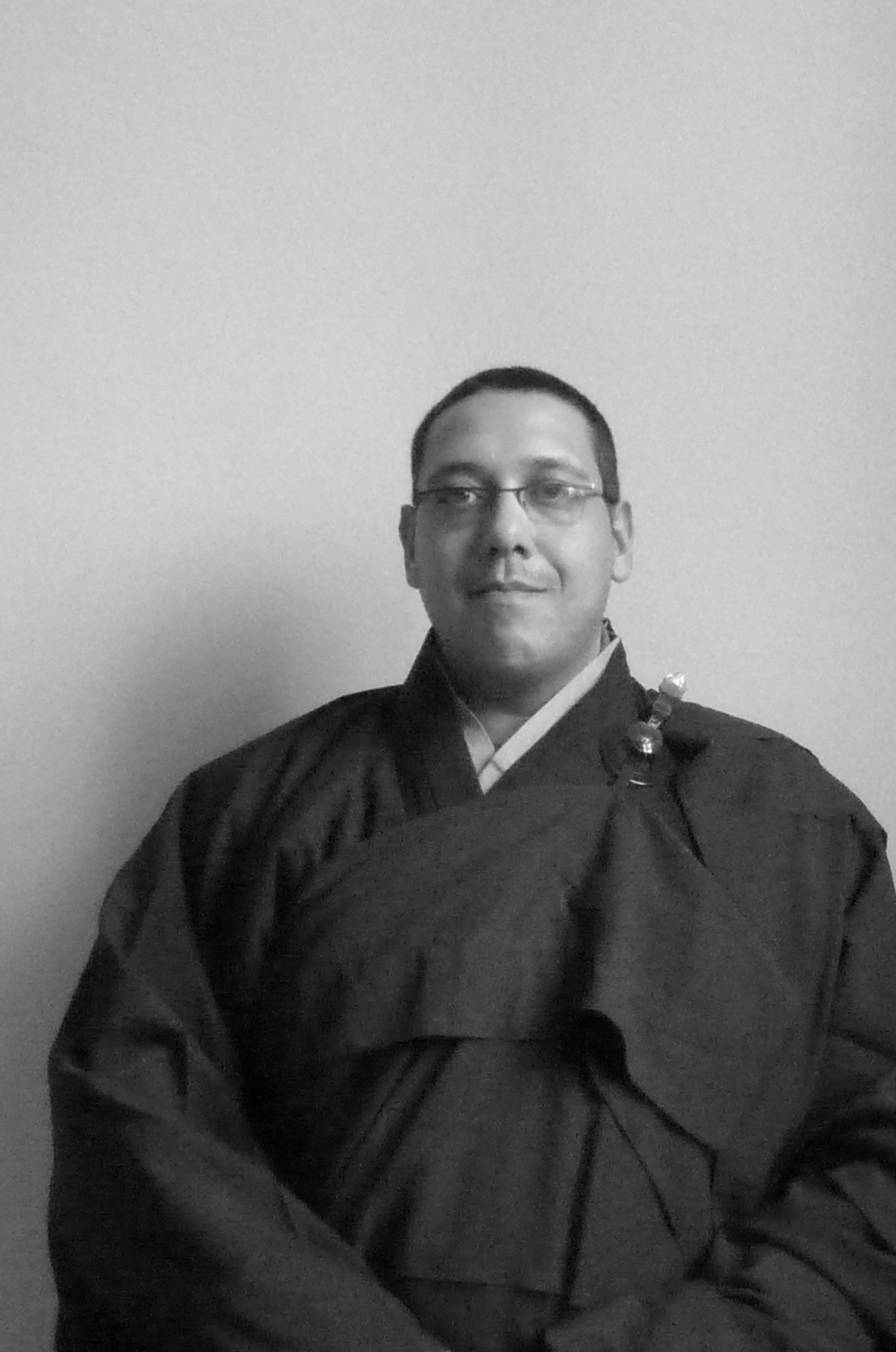By: David Xi-Ken Astor, Sensei
When we speak about zazen, mindful meditation, or meditation in general we must learn to be aware that throughout the history of Buddhism expositions of meditation typically group varies practices under two different styles. The first one has the goal of deep concentration, the second with the goal of insight into the nature of reality. When we engage the literature on meditation we often find that certain practices, especially in Ch’an/Zen, teach that the two goals can be practiced in a single process. But many contemporary teachers consider concentration and insight separately, especially with students first learning to meditate. In my own teaching experience when working with non-Buddhist groups, like seniors or in my prison ministry, I myself make a distinction because it avoids complications.
The practice of concentrating on an object, like your breath or a thought or a sound, is used as the focus for sustained attention. As meditation on concentrating the mind gains in strength, the body-mind state achieved moves away from the object and distractions decrease until a state called serenity (samatha) is attained. Most traditions that subscribe to various concentration techniques regard this as the minimal level of a meditative mind-state for experiencing an awakened awareness. I am careful not to use the word enlightenment for this level of meditation. But it is only the first of many states of ever-deepening mental focus that has the benefit for experiencing awakened moments off the cushion (or on). The Buddhist literature abounds with examples of this style of progressive mental training. We should not consider this style of meditation as originating from what Siddhartha (Buddha) used in his practice. Techniques in concentration were most certainly used by Siddhartha when he practiced yogic training from his teachers Alara Kalama and Udraka Ramaputra. The Buddha did seem to indicate that he came to understand that these mental states are still apart of samsara and should not be mistaken for liberation from suffering, as those Hindu masters he encountered early in his forest experience taught. The Buddha was always teaching caution when talking to others about interpreting their own self-created mental states. He said that one must not only have mental training that comes from a meditation practice, but also wisdom to know the difference between reality and ego driven mental distortions.
When I speak about wisdom relative to our meditation practice I am not referring to accumulated knowledge, but to a specific insight into the nature of reality itself. Master Dogen described zazen as the study of the self, when we gain insight into ourselves as a result, we gain insight into the world around us. Our ignorance of considering a permanent state of self-existence is overcome and we awaken to our universal nature. The wisdom that arises from hearing and understanding what we study of the dharma (pragmatic wisdom) is heightened from a body-mind honed through concentrated meditation. This wisdom that arises from meditation refers specifically to insight into the nature of reality by a mind concentrated at the level of serenity. It is this wisdom that is able to cut through our delusions thus reducing the unsatisfatoriness that keeps us back from experiencing an awakened mind. This state of body-mind is called insight or discernment (vipasyana). I relate this state of mental practice as contemplative practice. With a body-mind trained in silencing the everyday mind-chatter which achieves a state of serenity, we can move our meditation practice forward through a practice of insight meditation that over time achieves greater states of insight into ourselves as well as how the Universe is expressing itself around us. The Heart Sutra points to this practice as moving away from form to emptiness. Not from something to nothing, but away from seeing only the shadows thrown by reality itself.
The first step in developing a dedicated meditation practice is to train the mind to be still, and to sit in silence. Clear mind it is called. With this achieved we can move to using this silence to gain insight and discernment. The initial experience of focusing on mental external “objects” reveals that, like things seen in a dream, they are not disconnected and independent from the reality of a notion of self. If there are no real separate “objects,” there can’t be a real separate observer. Therefore, the duality of perceived and perceiver is shown to be a fiction. It is only our minds that make this separation by thinking it is separate and permanent. Our challenge in gaining this insight is to understand that EVERYTHING is connected and interdependent, or empty of a permanent existence. Yet, and this is the Buddhist paradox, we must still walk the path of self and other too; the only way we can get through our everyday lives on this planet we call earth. When we come to understand this, we have achieved the wisdom that drives our awakened moments, and break the glass ceiling holding our mind captive.


















































































